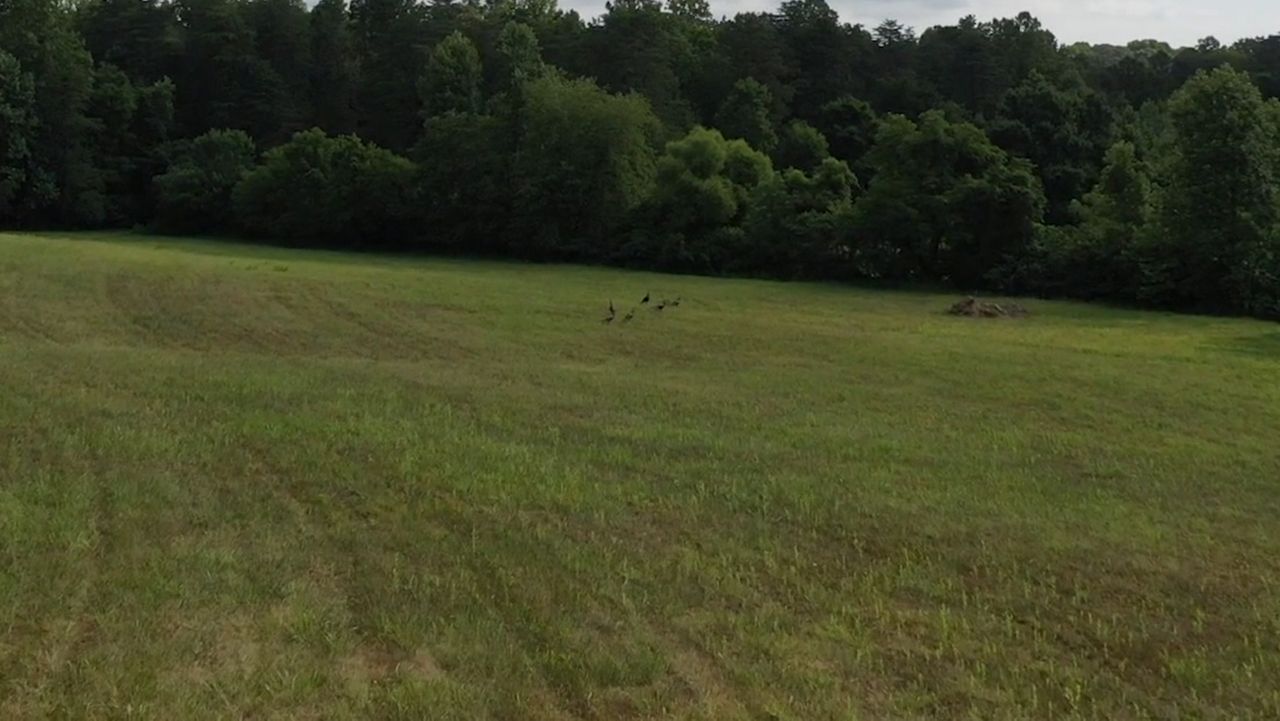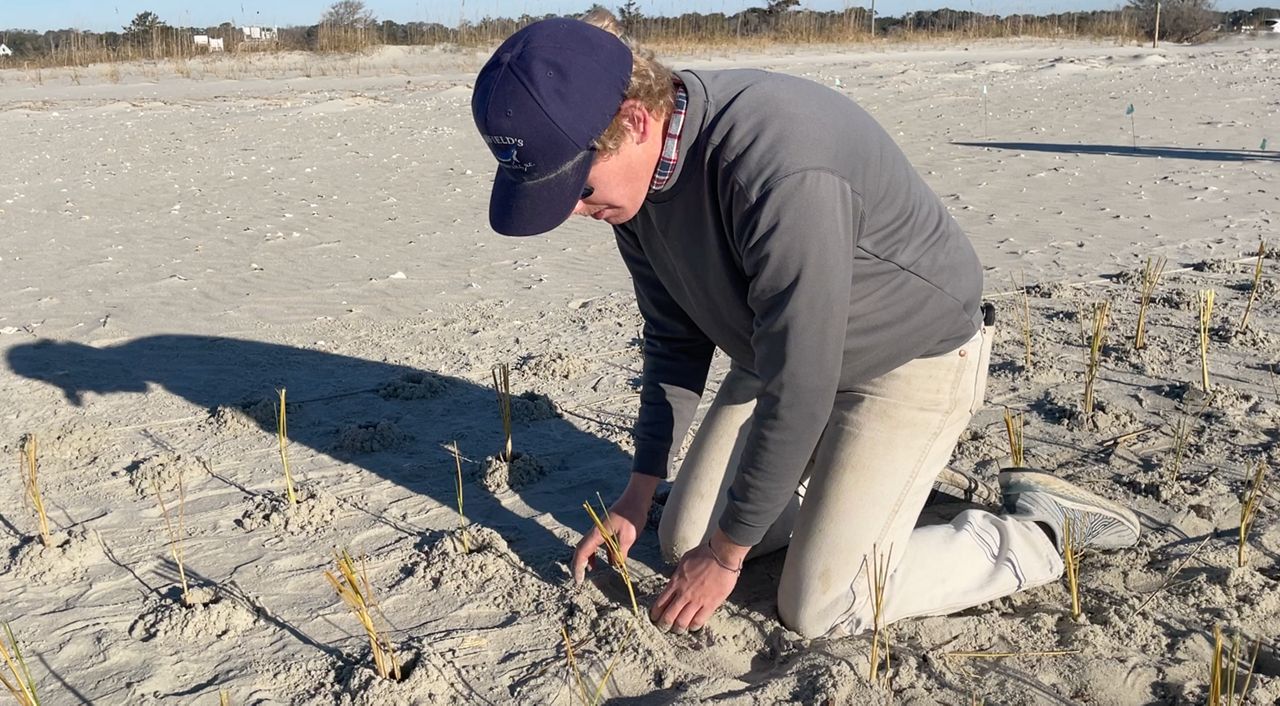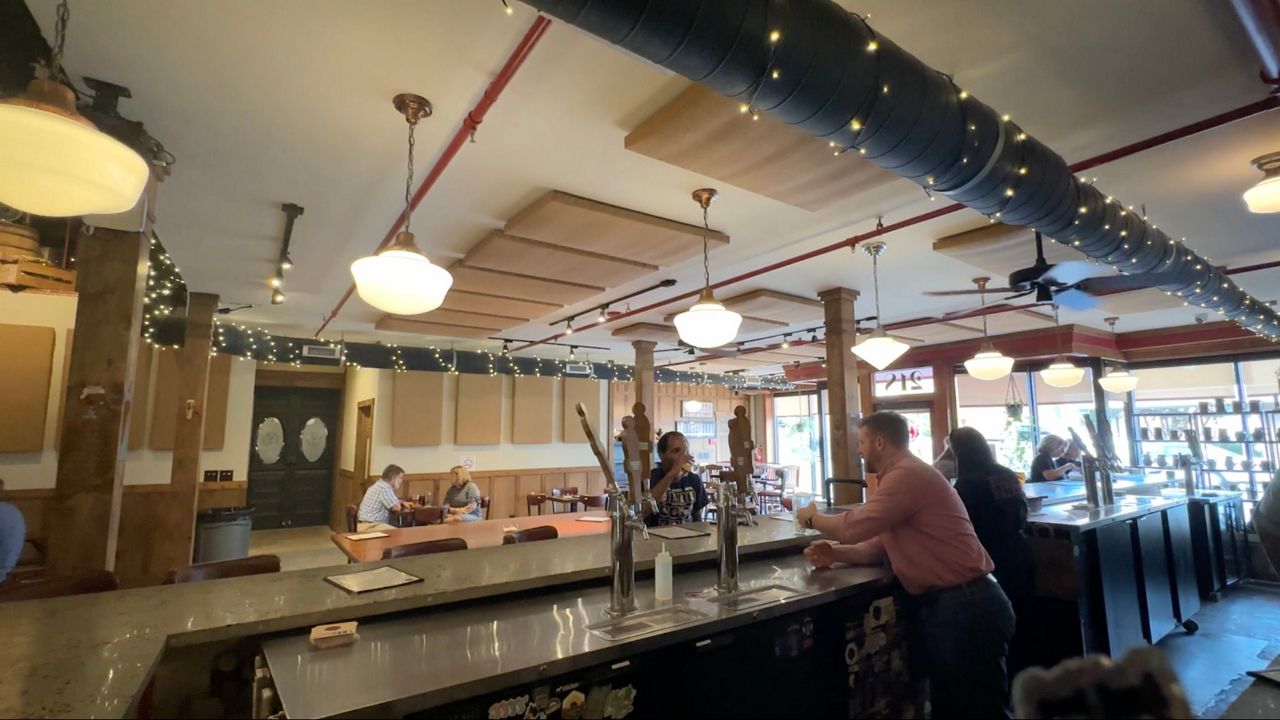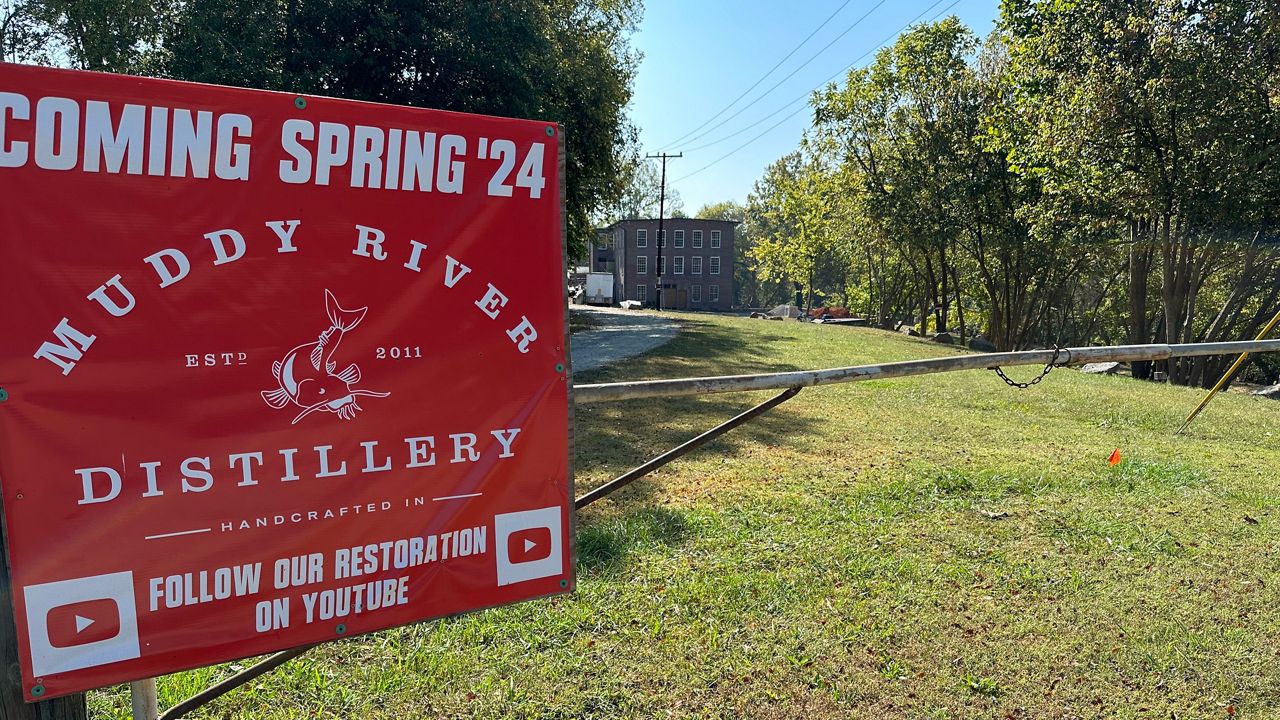NEW HANOVER COUNTY, N.C. — Earlier this year, the New Hanover County Board of Commissioners proposed an amendment to the Unified Development Ordinance, a document that gives protections to native species trees. The list includes longleaf pines and several oak species.
That amendment would take away those protections and allow for the clearcutting of trees, specifically to allow for the development of the 421 Industrial Corridor project.
Those in favor of preserving the trees, however, made their voices heard with the board. Both sides were able to reach a compromise that would allow for the continued development and a lesser impact on affected tree species.
What You Need To Know
The 421 Corridor stretches from the Isabel Holmes Bridge to the Pender County line
That corridor contains thousands of acres of native species trees, but is also used for industrial purposes
The New Hanover County Board of Commissioners proposed an amendment to the UDO that would remove protections on those trees
After November’s board meeting, however, it has ensured that some of those trees will be replaced
The 421 Corridor stretches from the Isabel Holmes Bridge to the Pender County line
That corridor contains thousands of acres of native species trees, but is also used for industrial purposes
The New Hanover County Board of Commissioners proposed an amendment to the UDO that would remove protections on those trees
After November’s board meeting, however, it has ensured that some of those trees will be replaced
One person who advocated for those native species was Alliance for Cape Fear Trees President Connie Parker. She grew up in the woods and has always loved the trees. She knows the importance of some of the Tar Heel state’s most iconic trees.
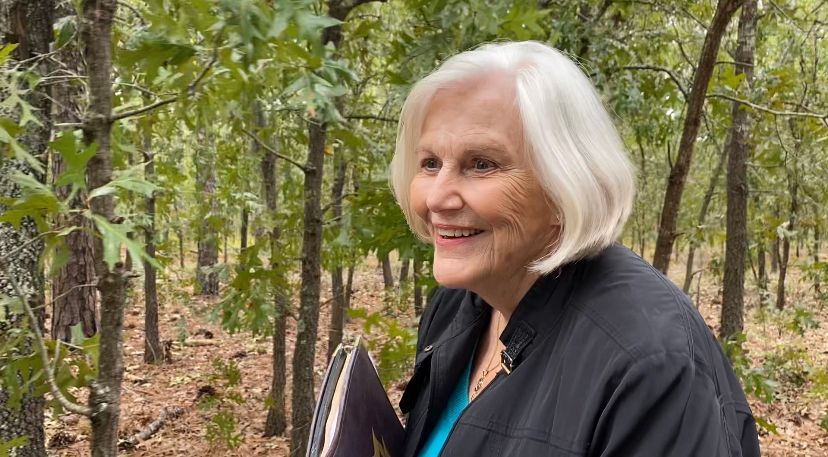
“Longleaf pines were the state tree,” Parker said. “They have been part of our history and our heritage in this state for, you know, several hundred years, probably.”
Parker says the 421 Corridor is home to one of the last and largest forested areas in New Hanover County, which is why she knew her group had to act swiftly when she heard the area’s trees were being threatened.
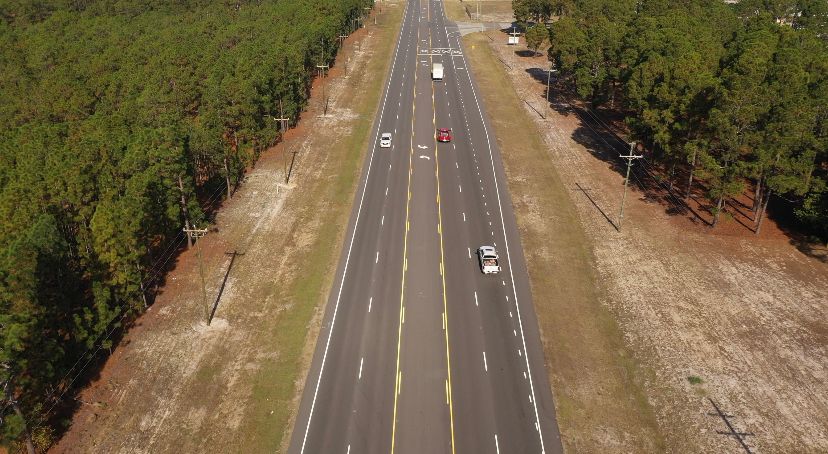
“They did away with the protections that we had for industrial zones, like the one at the 421 corridor, going all the way from the Isabel Holmes Bridge all the way to Pender County and between the two rivers,” Parker said. “So that meant, essentially, that developers could clear cut, and that’s over 6,000 acres of trees that look just like this.”
The county has already invested a significant amount of money and energy into preparing the industrial corridor, and Parker understands the need for that development. She believes, however, that the growth of the corridor is equally important as the continued growth of the trees.
“This is a valuable part of our heritage, and we understand the need to grow, to provide jobs, to have these places,” Parker said. “But we also feel that there needs to be some balance.”
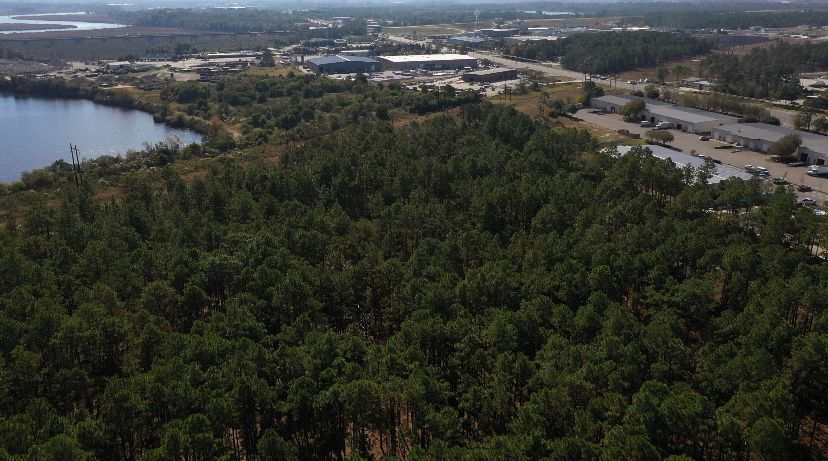
After efforts by Parker and hundreds of others to voice opposition to the amendments to the UDO, a compromise was reached.
The commissioners clarified the changes to protect more native species from being clearcut and ensured that trees will be re-planted where possible — a plan Parker supports.
“We think that nature can actually work together and survive together,” Parker said.
During November’s meeting, no one spoke in opposition to the updated amendment.
The board voted unanimously in favor.







